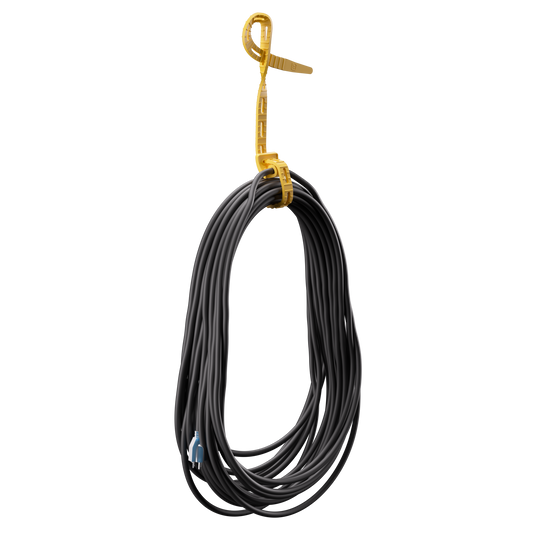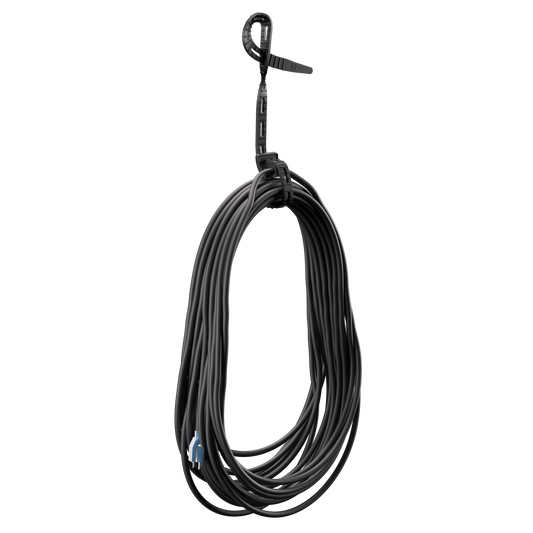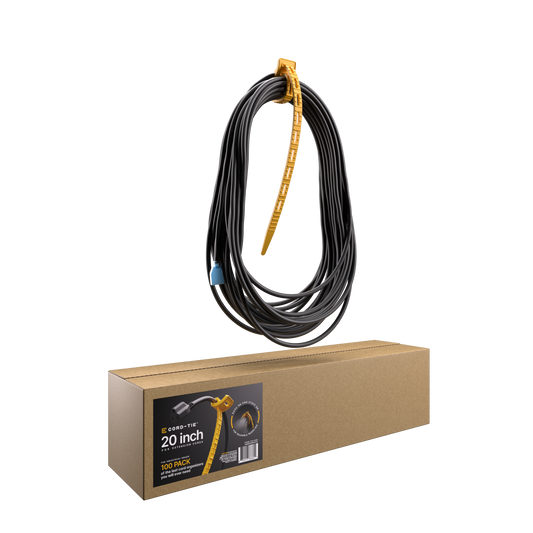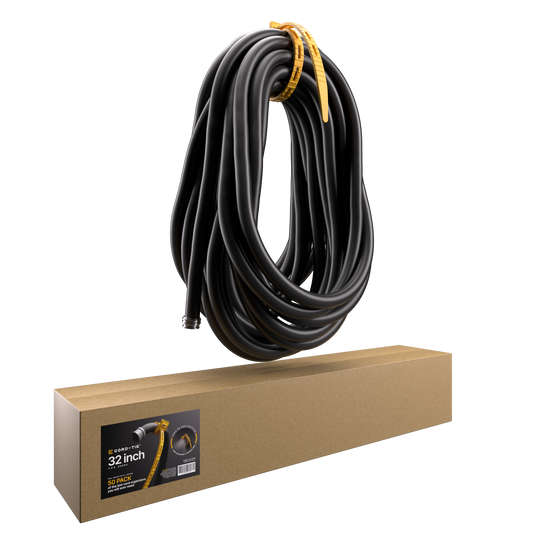
The Hidden Costs of Jobsite Clutter
Share
Why Jobsite Clutter Costs More Than You Think
Every contractor knows the feeling; cords on the ground, tools misplaced, gear piled at the wrong end of the site. It might look like “normal jobsite chaos,” but those small inefficiencies add up fast. Clutter isn’t just messy; it’s expensive. From wasted minutes to safety risks and equipment damage, disorganization quietly eats into profit margins every single day.
Why Jobsite Organization Is a Business Issue
Clutter costs time. Time costs money. When workers spend 10 minutes searching for a cord or cleaning a path just to plug something in, that’s 10 minutes multiplied across an entire crew, every day. Over a month, those minutes can equal hours of lost billable time; and that’s before factoring in damaged tools or injuries caused by a messy floor.
A clean, organized site keeps productivity high, lowers replacement costs, and creates a professional image clients notice.
How much time does clutter really waste on a jobsite?
Studies in manufacturing and construction environments show that workers lose between 5–15% of total work time each day looking for tools, parts, or power access. For a five-person crew, that’s the equivalent of losing a full workday every week. Streamlined setups pay for themselves in a matter of days.
What are the biggest causes of disorganization on jobsites?
Unplanned storage; tools and cords without a designated return spot
Too many single-use ties; creating waste and slowing cleanup
Lack of labeling or color-coding
No daily reset routine at shift’s end
Each one compounds until every task takes a little longer than it should.
How does clutter affect safety and equipment costs?
Cords left loose are trip hazards. Tools buried under debris get stepped on or crushed. Damaged insulation or frayed cables often go unnoticed until they fail. Organized crews not only avoid those costs but also reduce injury risk, downtime, and insurance claims.
What systems actually work for keeping a site clean?
Adopt a simple version of 5S:
SORT – remove what isn’t needed.
SET IN ORDER – give everything a clear home.
SHINE – clean daily to spot wear early.
STANDARDIZE – use color-coding and consistent tie lengths.
SUSTAIN – make cleanup part of the workflow, not an afterthought.
Reusable tools like Cord-Tie help crews follow this system quickly; no cutting, no waste, no delays.
What’s a realistic first step for improving jobsite organization?
Start small. Designate 15 minutes at the end of each day as “reset time.”
Bundle cords, hang tools, and clear walkways. Once that becomes routine, add visual standards; labeling power zones, using color-coded ties for equipment types, and keeping shared tools in a single staging area.
The payoff is immediate: faster mornings, safer work zones, and less stress.
Pro Tips for Reducing Jobsite Waste and Downtime
- Use reusable ties instead of disposable zip ties to cut cleanup time.
- Store long cords vertically to prevent tangling and reduce coil memory.
- Keep high-traffic areas cord-free; route power along walls whenever possible.
- Audit tool and cord locations regularly to identify recurring clutter zones.
- Reward crews who maintain organized workspaces; culture drives consistency.
THE BOTTOM LINE
Clutter drains time, safety, and profit; but it’s one of the easiest problems to fix. A small investment in better organization habits pays back in fewer delays, cleaner work, and stronger impressions with clients.
A tidy jobsite isn’t just about appearances; it’s about running a smarter, more profitable operation.

![Cord-Tie 20" – 8 Pack [Yellow]](http://cord-tie.com/cdn/shop/files/CT_20_no_peg.png?v=1761058321&width=533)

![Cord-Tie 20" – 8 Pack [Black]](http://cord-tie.com/cdn/shop/files/CT_20_no_peg_BLACK_fced3c7d-d6d6-4105-93a8-2ff1ed49f338.png?v=1761403931&width=533)

![Cord-Tie 32" – 4 Pack [Yellow]](http://cord-tie.com/cdn/shop/files/CT_32_no_peg.png?v=1761060171&width=533)

![Cord-Tie 20" – 50 Pack [Yellow or Black]](http://cord-tie.com/cdn/shop/files/CT2050Packwithpeg.png?v=1761095093&width=533)

![Cord-Tie 20" – 100 Pack [Yellow or Black]](http://cord-tie.com/cdn/shop/files/CT_20_100_Pack_with_peg.png?v=1761095228&width=533)

![Cord-Tie 32" – 25 Pack [Yellow]](http://cord-tie.com/cdn/shop/files/CT3250Packwithpeg.png?v=1761093390&width=533)

